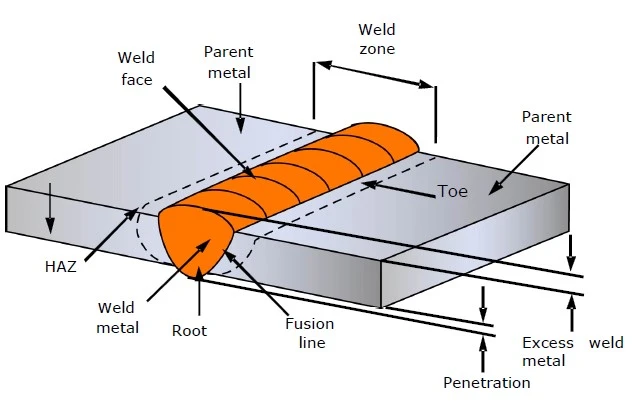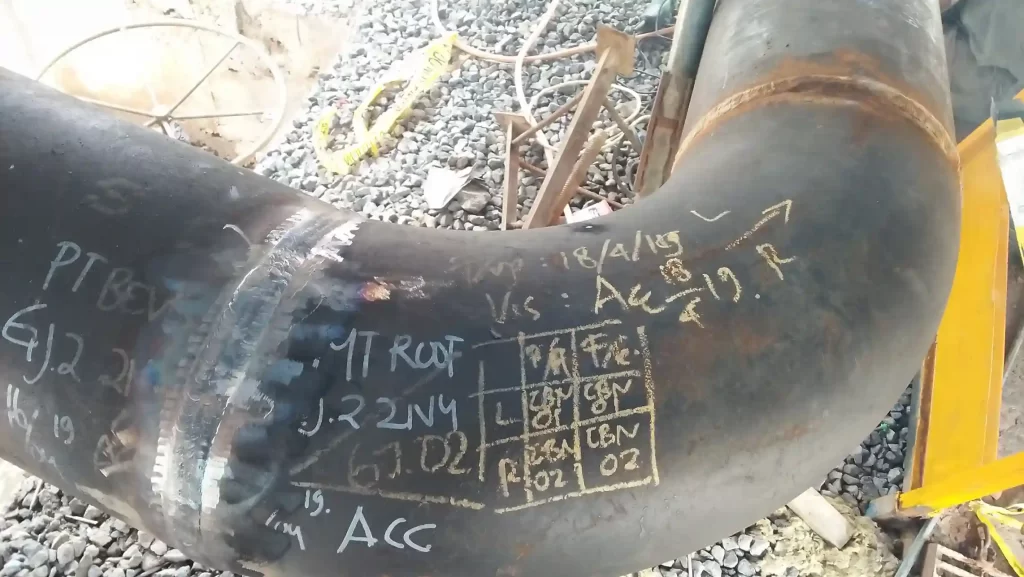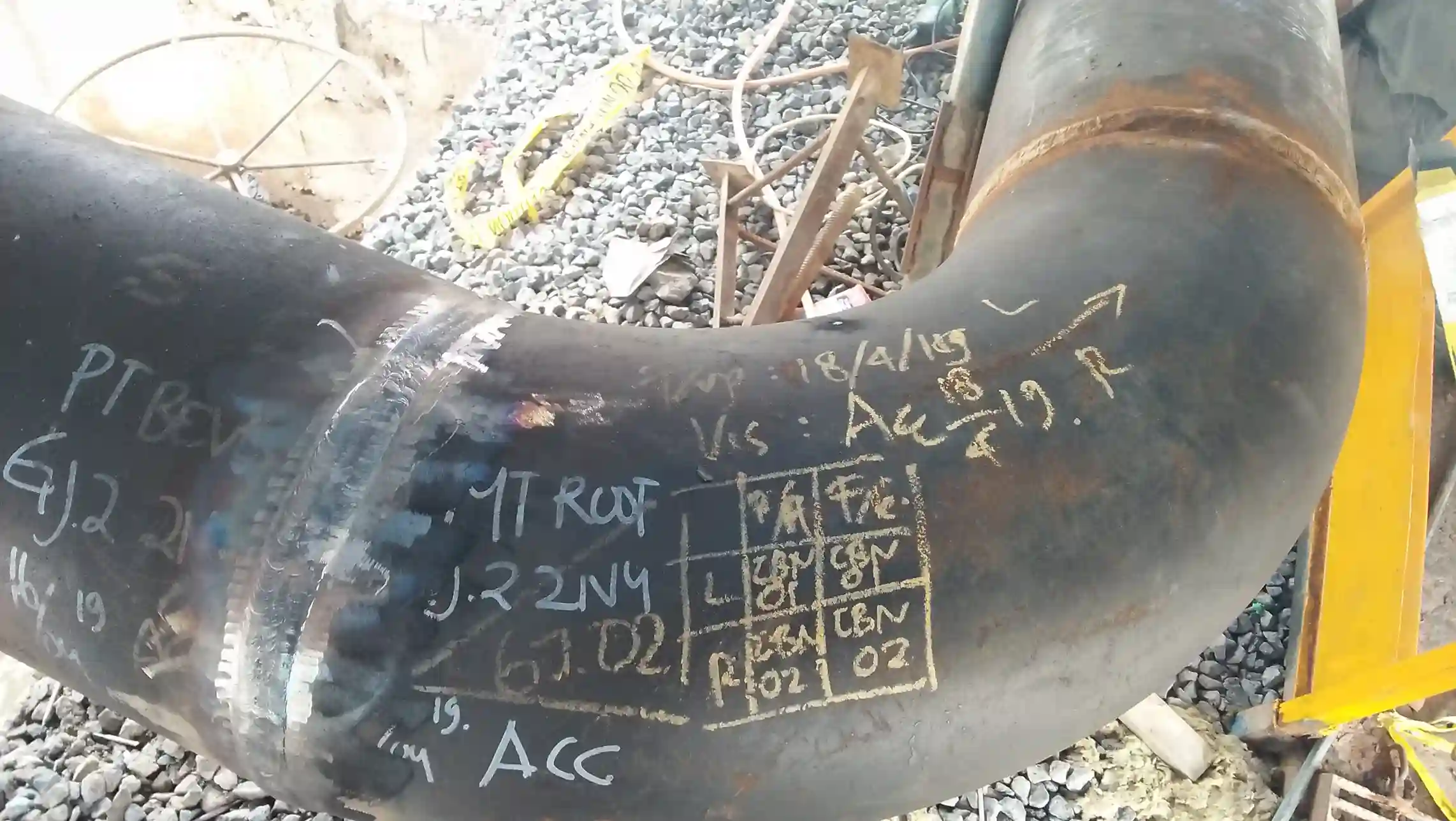Capping Is the Key to Heavy Equipment Durability: Process and Challenges
In the heavy equipment industry, the term capping refers to the process of protecting essential components to ensure their longevity and durability. Capping is part of a maintenance strategy aimed at extending the lifespan of machinery, particularly in parts that frequently endure high pressure or heavy loads.
This article will provide a deeper understanding of what capping is, its role in industrial and heavy equipment applications, and the advantages it offers. We’ll also explore some common incidents related to capping and initial steps for addressing these issues effectively.

What Is Capping?
Capping is a protective process that involves applying a coating or layer to critical components of heavy equipment, such as piston ends, cylinder rods, or elements that are exposed to extreme conditions. Capping typically uses materials that can resist heat, pressure, and corrosion.
In heavy equipment, capping serves several purposes:
- Enhancing Durability: Capping helps protect components from wear and tear caused by repeated friction or impact.
- Extending Service Life: With added protection, vital parts can last longer without frequent replacements.
- Maintaining Optimal Performance: Capping ensures that heavy equipment can continue to operate efficiently, even in harsh working environments.
Benefits of Capping in Heavy Equipment
The capping process offers several key benefits in the heavy equipment sector, including:
- Extra Protection: Components under high pressure, such as pistons or shafts, receive extra protection through capping, increasing their longevity.
- Reducing Damage: Capping minimizes damage to critical parts, reduces repair frequency, and prevents costly downtime.
- Improving Operational Efficiency: Equipment with properly capped components can operate more reliably, enhancing productivity and efficiency in the field.

Challenges in the Capping Process
Despite its advantages, capping comes with certain challenges, such as:
- Material Selection: The materials used for capping must be high-quality and suited to the operating conditions of the components, such as heat resistance or corrosion protection. Poor material choices can lead to inadequate protection.
- Precise Application: Capping must be applied with precision. Mistakes during application can result in incomplete coverage, potentially causing component failure.
- Additional Costs: Capping requires specialized materials and technology, which can increase the overall maintenance costs for heavy equipment.
Common Capping Incidents in the Field
Several common incidents related to capping that occur in the field include:
- Damaged Capping Layer: An imperfect or worn capping layer can lead to rapid component failure, especially in equipment used under extreme conditions.
- Incorrect Capping Material: Using the wrong capping material may result in a coating that cannot withstand high pressure, leading to early deterioration.
- Lack of Maintenance: Failing to regularly inspect capping layers can result in undetected damage, which may cause the equipment to suddenly break down.
Initial Handling of Capping Incidents
To address incidents related to capping, initial steps that can be taken include:
- Regular Inspections: Conduct periodic checks to assess the condition of the capping layers on critical components.
- Immediate Replacement: If damage is found in the capping, replace it immediately to avoid further damage to the main components.
- Pressure Testing: For equipment operating in extreme conditions, perform regular pressure tests to ensure that the capping continues to provide optimal protection.

